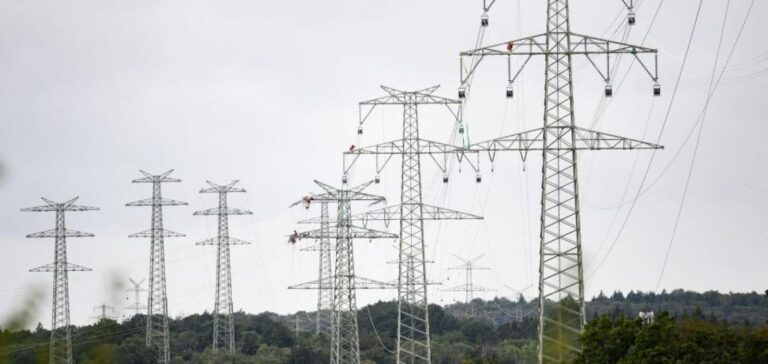The power grid in South Holland is under unprecedented strain. The rapid acceleration of the energy transition, marked by the widespread adoption of heat pumps, electric vehicle charging stations, and the replacement of natural gas with electricity in numerous industrial sectors, has caused infrastructure saturation. TenneT, the high-voltage grid operator, and Stedin, the regional operator, confirm that several strategic parts of the grid have reached their maximum capacity.
Overloaded zones and local exceptions
Grid operators have officially informed the Authority for Consumers and Markets (ACM) that large-scale connection requests can no longer be fulfilled in most of South Holland. Key impacted areas include the Port of Rotterdam and several critical industrial zones. However, some residual capacity remains in specific locations such as Maasvlakte, Naaldwijk, and Alblasserdam.
Waiting list for large consumers
Businesses and institutions requiring a power supply greater than 3×80 amperes will now be placed on a waiting list. This measure affects not only large industries but also public infrastructure such as schools, swimming pools, and community buildings. Operators are currently studying congestion management measures, such as shifting large consumers’ electricity usage to off-peak hours. The results of these studies are expected by the end of 2025.
Limited impact on households and residential projects
Households and small businesses with connections under 3×80 amperes are, for now, not affected. Residential construction projects already included in grid operators’ forecasts can also proceed without obstacles.
Investment plan to strengthen the grid
In response to the saturation, TenneT and Stedin have announced significant investments, amounting to several hundred million euros, to increase the grid’s capacity. Projects include strengthening substations in Krimpen aan den IJssel, Wateringen, and Bleiswijk, as well as constructing new high-voltage connections between Krimpen aan den IJssel and Gouda.
Stedin is also expanding 14 substations in the Holland Rijnland region and building several new stations, such as in Barrepolder and Zuidplaspolder, in collaboration with TenneT. These new infrastructures are expected to be operational between 2029 and 2032.
Optimizing grid utilization
According to Robert Kuik, director of network planning at TenneT, this situation highlights the gap between the rapid growth in demand and the time required to expand infrastructure. He emphasizes the need for enhanced collaboration between operators, local authorities, and businesses to maximize the efficiency of the existing grid. The goal: prevent bottlenecks and accelerate the region’s energy transition.






















